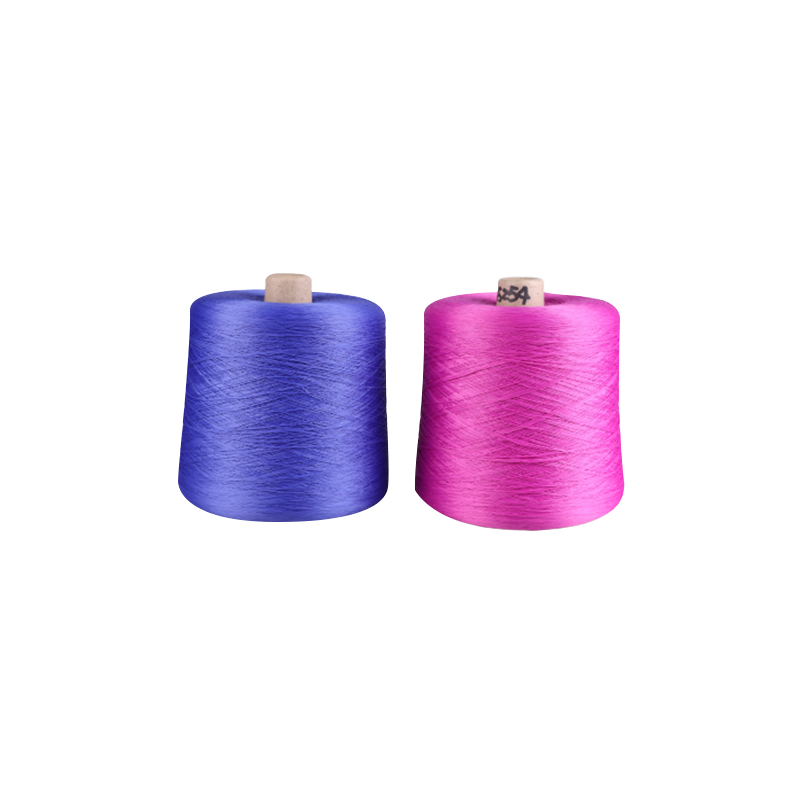We use a lot of vocabulary every day in our study and l […]
We use a lot of vocabulary every day in our study and life. Do you know that there are some vocabulary, and it is a commonly used vocabulary, actually comes from the textile industry.
Such as: "organization", "achievement", "envelopment", "paper leakage", "unity", etc.
At the same time, textiles also involve human clothes, bedding, bundled packaging, interior decoration, and writing and drawing. Textiles are also needed. From this point of view, weaving is really related to various fields of human life and occupies a very important position in the history of human civilization.

So, when did textiles first appear? What is the earliest textile raw material? Silk, cotton, or hemp? According to information provided by archaeological excavations, textile production basically coincided with agricultural production.
China's textile production has a history of about 7000 years. Initially, we used manual weaving, thread twisting by hand, and weaving with original waist looms. In the Xia and Shang dynasties, there were spinning wheels, looms were more complete, and producers were slowly becoming more professional. Of course, the products became more and more beautiful.
When we entered Qin and Han dynasties more than 2000 years ago, a variety of textile machinery and equipment appeared, and the products were many and good. The silk fabrics were also spread all over the world, forming the world-famous "Silk Road".
The earliest textile materials used by our ancestors were neither silk nor cotton, but kudzu fibers. Put the kudzu in boiling water and cook, the kudzu's skin becomes soft, and the fibers can be separated and weaved.
Animal fibers include silk and down of cattle, sheep, camels and other animals. Due to the different weaving techniques, there are many different types of textiles, such as yarn, tulle, silk, brocade, embroidery, satin, etc.